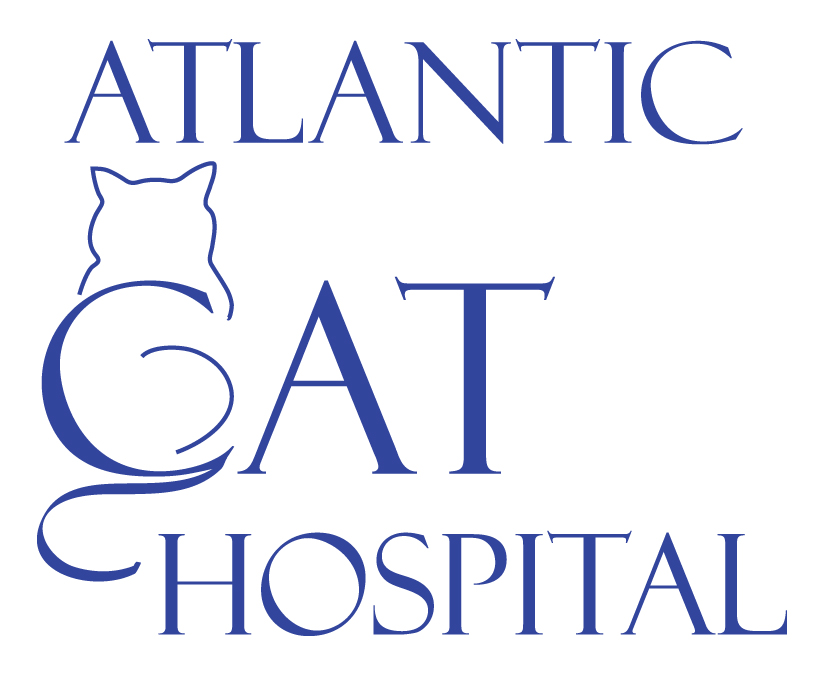Library
-
Ethanol overdose by ingestion, inhalation, or skin absorption leads to alcohol poisoning. Isopropanol (isopropyl alcohol/rubbing alcohol) and methanol (methyl alcohol) can also cause alcohol poisoning. If a pet is not showing clinical signs, decontamination may be performed, including inducing vomiting (for ingestions) or bathing (for skin exposure). Other therapies are discussed. Recovery is expected within 24–36 hours of the onset of signs.
-
Behavioral health medications are used in animals and humans. They include antidepressants, atypical antidepressants, antipsychotics, and amphetamines. Dogs and cats often require lower doses of these medications than humans and are sensitive to overdoses. As such, when a dog or cat gets into human doses of these medications or a pill vial of their own medication, behavioral health medication poisoning can occur.
-
Cats and dogs can become intoxicated by cannabis in various ways, most commonly by eating edibles (e.g., baked goods, candies, chocolate bars, and chips containing cannabis), or by ingesting cannabis directly (in any form). Pets can also be exposed to second-hand smoke. A small amount may affect one pet more than another, so there is no official safe level of exposure. Many of the signs of intoxication are neurological, including disorientation, dilated pupils, and hyperactivity. In severe cases, tremors, seizures, and coma can result. Regardless of the method of exposure, accurate and complete information from the owner is imperative to treat the patient successfully.
-
Chemotherapy drugs are used to treat cancer and other conditions in people and animals, and often target and kill rapidly dividing cancer cells, but normal, healthy cells that grow quickly may also be affected. Side effects of ingestion can include stomach upset, neurological signs, bone marrow suppression, and organ damage.
-
Chlorfenapyr poisoning is suspected if a pet has access to this pesticide and subsequently develops expected signs; it should also be suspected in a pet exhibiting signs and at risk of malicious poisoning. Pets that develop clinical signs following chlorfenapyr ingestion are unlikely to survive and chronic complications may be present for survivors.
-
E-cigarettes are battery-operated devices used to create and inhale an aerosol composed of nicotine, flavorings, and other chemicals. If a companion animal ingests an e-liquid, signs of nicotine poisoning occur rapidly. The nicotine associated with e-cigarettes, even without tobacco, poses a serious health threat to dogs and cats.
-
All glues containing isocyanate and diisocyanate can expand. Pets exposed to a very small amount of wet or liquid expanding glue may consume enough product to be problematic. Foreign body obstruction due to a mass of expanded glue in the stomach is the most common outcome in dogs ingesting expanding wood glues. After abdominal X-rays confirm the presence of a glue mass and obstruction, surgery is required to remove the mass, or endoscopy in mild cases. The prognosis for recovery from expanding glue ingestion depends on the removal of the mass.
-
If your pet had an emergency crisis, how would you manage it? Ask your veterinary hospital how they handle after-hour emergencies. Use this handout to help you plan ahead and be prepared in the event of a pet health emergency.
-
Metaldehyde toxicity occurs when a dog (or a cat, less commonly) eats slug bait that contains metaldehyde. Signs of metaldehyde toxicity include vomiting, anxiety, ataxia (due to muscle incoordination), stiffness, muscle tremors, elevated heart rate and respiratory rate, increased salivation, and increased sensitivity to touch. These signs often progress to continuous muscle tremors and seizures. Prognosis is good with aggressive treatment.
-
Mole and gopher baits are often flavored to attract pests, but cats and dogs may also ingest them if given the chance. The active ingredients in these baits can cause significant illness if enough is ingested. The most common active ingredients used in mole and gopher baits are zinc phosphide and bromethalin. There is no antidote for bromethalin poisoning, so decontamination within an appropriate time is key to a good outcome.






